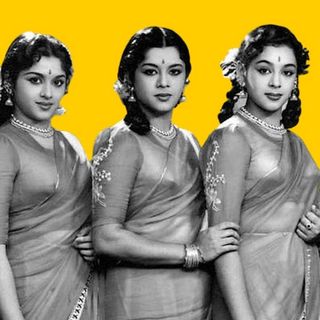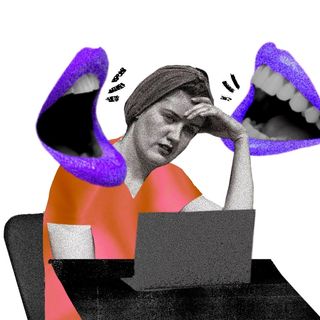There was a time many summers ago when bookstores were flooded with ‘back to school’ merch with predominantly one face emblazoned across backpacks, pencil boxes, water bottles, and every manner of a fifth grader’s schooling needs. And almost every summer, throngs of little girls fought to own, at least, one of these for themselves. Hannah Montana was a cultural behemoth carried almost entirely by the earnest fandom of tween girls.
Hannah a.k.a. Miley Stewart allowed many to vicariously experience firsts that they may not have had the opportunity to in real life — first loves, first kisses, first heartbreaks, first fights. It was not prestige TV, it was not a morality tale. It was just the story of a young girl’s double life — as a regular person and as a pop star as its hook –that provided room to explore the richness of her inner life more than most other shows had or did since then.
It is one thing to take teen girls’ interests seriously, and another entirely, to take teen girls themselves seriously. Nothing was too silly in the Hannah-verse: crushes, fights, and ridiculously gaping plot holes involving her secret identity, were all things to be experienced with, rather than laughed at. In a way, Hannah Montana provided a fantasy that resonated with girls across the world.
Related on The Swaddle:
The Buzz Cut: Miley Cyrus’s Letter To Hannah Montana Is a Reminder That Growing up Is Messy, but Beautiful
Throughout its run, however, the show was panned by critics and its live action film spin-offs were nominated for a few Razzie awards. But that didn’t stop it from becoming beloved by legions of people in the throes of tween–dom, living out their secret daydreams of being a superstar through Hannah. And the enduring legacy of Hannah Montana is its maturity despite the silliness — the way it treated its characters as growing people worthy of love and respect.
Amid all the music, laughter, and warmth, however, was the uncomfortable realization over time that the show was a corporate vehicle powered by Disney — which meant that Miley Cyrus herself spent her adolescence trapped in the vision of free-spiritedness that Disney sold globally through her. It made her rebel soon after, prompting many to regard Hannah Montana with feigned nostalgia for its innocence compared to the girl-gone-wild image they were confronted with now.
But Hannah Montana was never “innocent,” so much as it was an ode to innocence lost. It was a show about fame, teenage–dom, friendship, family, and everything in between — dealing with themes like grief, heartbreak, and coming of age while discovering who you are.
Now, with the show over and the lights out, might be a good time to revisit Hannah Montana fornostalgia’s sake. After Disney, the corporation, managed to milk everything it could out of the idea of Hannah and isn’t likely to any longer, Hannah Montana stands as a relic to a time when life was simpler, when friendships were earnest, when hormones were devastatingly embarrassing, and growing pains were lulled by the great soundtrack.




